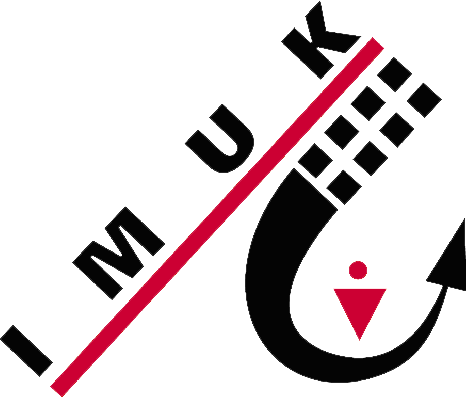One of the classical tasks of meteorology is the recording of weather data. To be able to record these data, the institute has two measuring fields, one behind the institute building in Hannover Herrenhausen and one in an undeveloped area near Ruthe, about 15 km south of Hannover.
Herrenhausen
The measuring field in Herrenhausen directly on the campus of the institute has a 50 m high mast for measuring instruments in order to be able to record series of measurements at different heights. On its top an ultrasonic anemometer is mounted, which records wind direction, wind speed and potential temperature every 1 minute.
If necessary, a higher temporal resolution could be used. At 10m height the wind speed is measured. The wind measurements are strongly influenced by the surface roughness. In the surrounding area more and more buildings have been built in recent times. On the measuring field temperature, humidity, dew point, precipitation, air pressure are measured and recorded in 2m height. Unfortunately, the location of the measuring points does not meet the requirements of the World Meteorological Organization because they are located in built-up areas and surrounded by greenhouses. The station is suitable as a reference for a location in an urban environment. The institute has its own continuous climate data measurement series since 1951.
Measuring Field Ruthe
The institute operates yet another site for measurements. On the site of the research station of the Faculty of Natural Sciences of our university in Ruthe near Sarstedt, measurement series have been carried out for decades. This site fulfills the specifications of the WMO regarding terrain. Since 2005, temperature, humidity, precipitation, global radiation and, since 2013, wind have been measured there automatically.
Roof Platform
On the roof of the institute building there is a measuring platform on which the CO2 concentration and the global and diffuse radiation are permanently recorded and images of the sky are taken with a cloud observation system ("Hemispherical Sky Imager"). In addition, the measuring platform is used for changing series of experiments. 1.
The laboratory consists of two rooms, a smaller so-called lamp room and a larger one, the calibration room. To ensure that the laboratory is absolutely dark and that no natural radiation from outside can enter the laboratory, there are no windows. In order to reduce possible stray radiation as much as possible during examinations with radiation sources, the walls and ceiling are painted matt black and the floor is covered with a black carpet. Since most of the measuring instruments in the field of radiation measurement are temperature-dependent, the laboratory is kept at a constant temperature with the aid of the air conditioning system. The laboratory, shielded by external radiation and temperature influences, therefore allows complicated and lengthy calibrations and examinations. For calibrations, test lamps of different power are used, the spectrum of which has been measured by the Physikalisch Technische Bundesanstalt. Particularly powerful test lamps are put into operation in the lamp room. Radiation can then pass through a small opening into the calibration room and measuring instruments such as spectroradiometers can be calibrated on this test lamp. On a large test table, superstructures can be mounted and adjusted with very high accuracy.














